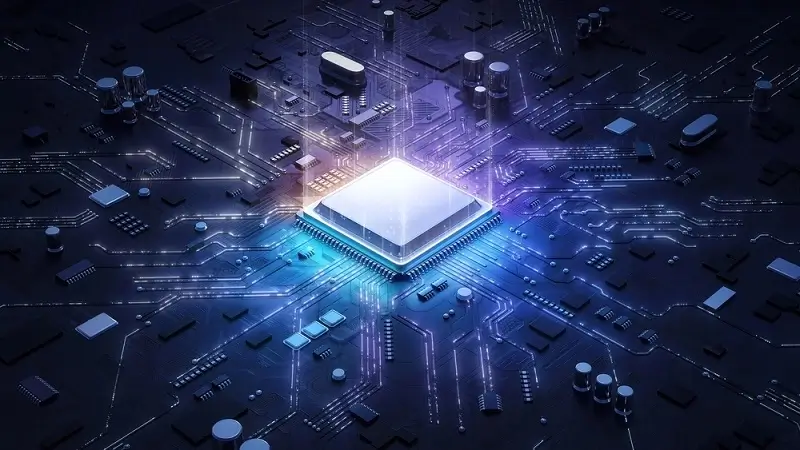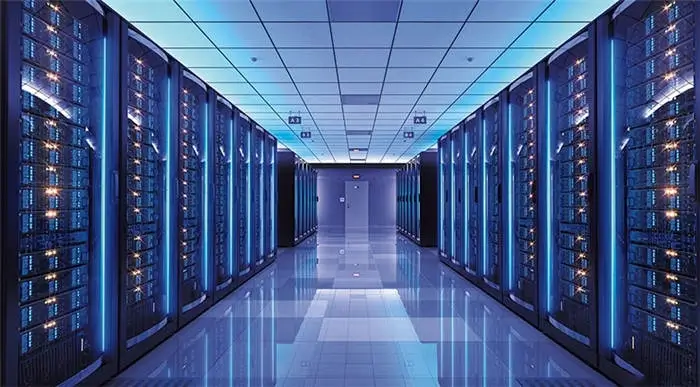Рост центров интеллектуальных вычислений: семь ключевых факторов при выборе подходящих GPU
В условиях стремительного развития технологий строительство центров интеллектуальных вычислений стало движущей силой инноваций во многих отраслях.
В недавних обсуждениях с коллегами из индустрии интеллектуальных вычислений неоднократно поднималась тема жизненного цикла «инвестиций, строительства и эксплуатации», особенно внимание уделялось вопросу «GPU», который стал одной из главных забот.
Этот растущий интерес обусловлен в первую очередь тремя факторами:
-
Основное звено ИИ-вычислений: современные интеллектуальные задачи во многом зависят от GPU и других специализированных чипов для ИИ.
-
Бюджетное доминирование: GPU составляют примерно 70–80% от общей стоимости продуктов в центрах интеллектуальных вычислений — и в серверах с GPU сами чипы занимают 70–80% этой стоимости.
-
Требования, зависящие от сценария: разные центры, случаи использования и нагрузки требуют индивидуальных решений с GPU — универсального варианта не существует.
Давайте рассмотрим семь ключевых аспектов, которые необходимо учитывать при выборе GPU для центров интеллектуальных вычислений.
1. Производительность против цены: поиск оптимального баланса
При проектировании и внедрении инфраструктуры интеллектуальных вычислений одной из главных задач является обеспечение экономически эффективной вычислительной мощности.
Исходя из нашего опыта, мы начинаем с оценки лидирующих на рынке GPU и расчёта стоимости за петрафлоп (P) производительности FP16 при плотных вычислениях. Эти данные помогают клиентам принимать обоснованные решения.
Например, многие клиенты колеблются между NVIDIA A100 и H100. При более тщательном анализе выясняется, что H100 обеспечивает 1P FP16 плотных вычислений примерно за ¥250,000 за карту, тогда как A100 предлагает около 0,3P при половинной цене. В ряде сценариев это делает H100 более экономически выгодным вариантом.
Стоит отметить, что цены на GPU колеблются, подобно фондовым индексам. Для удобства постоянного отслеживания мы подготовили справочный инструмент, охватывающий более десяти популярных моделей GPU NVIDIA — подробности вы найдёте в конце этой статьи.
2. Лидерство продукта: обеспечение долгосрочной конкурентоспособности
Хотя GPU следующего поколения, такие как B200, ещё не запущены в крупносерийное производство, на рынке уже появляются запросы на закупку этих карт — что подчёркивает массовый спрос на лидерство в производительности.
С технической точки зрения, B200 обеспечивает до 2,25P FP16 плотных вычислений на карту — более чем вдвое превосходя производительность нынешних моделей H100 и H200.
Учитывая, что жизненный цикл центров интеллектуальных вычислений обычно составляет 3–5 лет, выбор GPU с перспективными возможностями крайне важен для сохранения конкурентоспособности в условиях быстрого развития технологий чипов.
3. Зрелость экосистемы: часто недооцениваемый фактор
Хотя NVIDIA в настоящее время доминирует на рынке GPU, существуют и другие игроки, предлагающие привлекательные альтернативы — такие как AMD, Intel и несколько новых производителей чипов, ориентированных на ускорение ИИ.
Однако одних технических характеристик недостаточно для успеха. Зрелость экосистемы — доступность инструментов для разработчиков, совместимость, поддержка сообщества и программные фреймворки — часто становится решающим фактором.
Возьмём, к примеру, AMD MI325X или Intel Gaudi2: обе карты обладают мощными техническими характеристиками, сравнимыми с H100. Однако их внедрение затруднено из-за менее развитой программной экосистемы по сравнению с NVIDIA CUDA. Это приводит к более крутой кривой обучения и сложности интеграции, что снижает их пригодность для крупных сервисов аренды вычислительных ресурсов и стандартизированных развертываний.
4. Соответствие нагрузок: подбор GPU под конкретные задачи
Центры интеллектуальных вычислений в основном сосредоточены на таких задачах, как обучение крупных моделей, дообучение и инференс. Однако ни один GPU не способен эффективно справляться со всеми этими задачами одновременно.
Даже такие высокопроизводительные GPU, как H100, могут быть не самыми экономичными для задач инференса — многие дата-центры сегодня переходят на RTX 4090 или 4090D на этом этапе благодаря более выгодному соотношению цены и производительности.
Сформировалось чёткое разделение:
-
Задачи обучения → H100 / H200
-
Задачи инференса → RTX 4090 / 4090D
Тщательный подбор типов GPU в соответствии с профилем нагрузки обеспечивает оптимальную производительность и эффективное использование ресурсов.
5. Новые альтернативы: рост нестандартных чипов
С ускоренным развитием ИИ-чипов по всему миру наблюдается рост применения альтернативных решений GPU при развертывании центров интеллектуальных вычислений.
Последние данные показывают, что доля нестандартных ИИ-чипов в поставках ускорителей ИИ достигла 20% — по сравнению с лишь 10% годом ранее.
Этот сдвиг поддерживается благоприятной политической средой и растущим спросом отрасли на диверсифицированные экосистемы чипов. В результате многие центры интеллектуальных вычислений начинают внедрять ИИ-чипы, выходящие за рамки традиционных рыночных лидеров.
В некоторых регионах эти развертывания стремительно масштабируются. Кроме того, растущее стремление снизить зависимость от конкретных поставщиков ускоряет спрос на диверсифицированные стратегии использования GPU и альтернативные архитектуры чипов.
6. Масштабируемость кластеров: проверка на нагрузку в большом масштабе
Большинство современных центров интеллектуальных вычислений управляют кластерами от нескольких тысяч до десятков тысяч GPU. В то же время некоторые глобальные проекты, например xAI Илона Маска, развернули кластеры из более чем 100 000 GPU на базе NVIDIA H100.
Это поднимает важный вопрос: готовы ли альтернативные поставщики GPU к развертыванию на таком масштабе?
Хотя нестандартные чипы достигли относительной зрелости в кластерах с 1 000 карт, крупномасштабные производственные кластеры с более чем 10 000 карт и высокой загрузкой всё ещё редки. Поэтому при выборе GPU важно оценивать масштабируемость кластера и архитектуру межсоединений.
7. Готовность цепочки поставок: основа успеха развертывания
Независимо от мощности или экономической эффективности GPU, проект провалится, если поставки не будут соответствовать графику развертывания.
В конкурсной документации по проектам часто указываются сроки поставки, и задержки с поставками GPU могут привести к упущенным возможностям — особенно при участии в программах возобновляемой энергии или квотах на «зелёную» электроэнергию, где важна своевременная реализация.
Из-за ограничений литейных производств многие чипы по-прежнему выпускаются сторонними фабриками, что повышает риски. Для преодоления этих узких мест потребуется совместное инновационное сотрудничество и координация цепочек поставок во всей отрасли.
Заключительные мысли: к высокоэффективной инфраструктуре ИИ
Выбор подходящих GPU для центра интеллектуальных вычислений — это сложный и стратегический процесс. Руководителям необходимо одновременно оценивать производительность, цену, зрелость продукта, совместимость с экосистемой, соответствие нагрузкам, масштабируемость развертывания и надёжность цепочки поставок.
Принимая обоснованные решения на основе данных, организации могут заложить прочный фундамент для надёжной, эффективной и перспективной инфраструктуры ИИ — обеспечив себе лидерство в будущем, основанном на интеллектуальных вычислениях.
Надеемся, что это руководство окажется полезным для всех, кто выбирает GPU. По мере развития центров интеллектуальных вычислений их влияние на технологические инновации и экономическое развитие будет только расти. Давайте строить это будущее — вместе.




